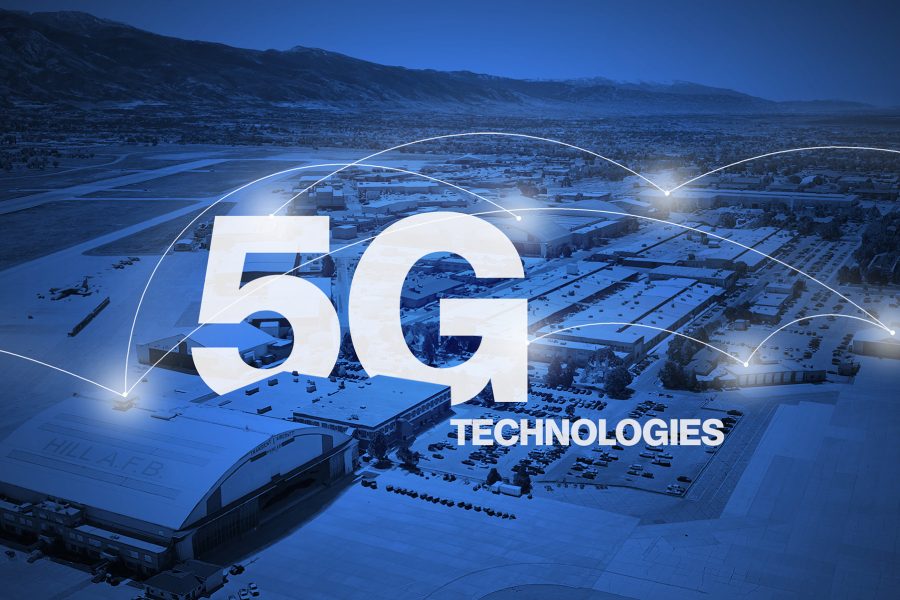Nellis AFB, Nev., will become the second Air Force installation to receive fifth-generation wireless network services from AT&T, the company announced Jan. 14.
“AT&T will equip Nellis with 5G infrastructure to support wireless data and voice services connecting the base’s more than 40,000 Air Force personnel, their families, and retirees,” according to a company release. “It will provide wireless high-speed external and in-building connectivity across Nellis’ flight line, facilities, dormitories, and the Mike O’Callaghan Military Medical Center.”
Nellis chose AT&T after soliciting industry proposals, said Mike Leff, vice president of defense in AT&T’s global public sector. Delivery is slated for 2021. The telecommunications giant has also said it is bringing 5G capabilities to Tyndall AFB, Fla., in 2020.
The base houses a variety of organizations ranging from the Thunderbirds aerial demonstration team to a slew of training squadrons, the Air Force Warfare Center, Air Force Weapons School, Nevada Test and Training Range (home to Area 51), test and evaluation groups, and more. It also hosts major exercises like Red Flag.
“AT&T and Nellis AFB expect the new [5G] solution will result in a communications platform equipped to support a broad array of technology tools and innovations that can help the base modernize its approach to its mission,” the company said.
Faster wireless networks could improve flightline operations, increase base security through better surveillance video and analytics, boost the use of augmented and virtual reality tools in training, and allow for near real-time inventory and aircraft management.
AT&T also says it will provide the base with FirstNet, a public safety communications platform that connects first responders to local, state, and federal safety officials.
As the Air Force and Defense Department pursue multiple 5G development and deployment efforts, the House earlier this month passed a bill that would require DOD to help the federal government craft a security strategy for next-generation telecom systems, software, and infrastructure.
Concerns abound that 5G products built by Chinese companies could compromise Americans’ data, and that China would lead the market instead of the US. Other issues still need to be resolved around how to share different parts of the electromagnetic spectrum.
The Senate and President still need to approve the legislation for it to take effect.
